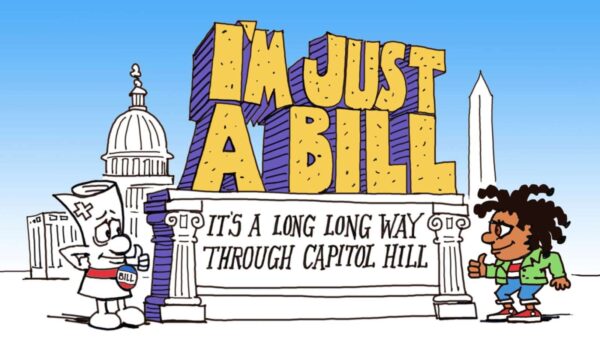This sponsored column is by Law Office of James Montana PLLC. All questions about it should be directed to James Montana, Esq., Doran Shemin, Esq., and Laura Lorenzo, Esq., practicing attorneys at The Law Office of James Montana PLLC, an immigration-focused law firm located in Arlington, Virginia. The legal information given here is general in nature. If you want legal advice, contact us for an appointment.
On June 15, 2012, the Obama administration created Deferred Action for Childhood Arrivals, or DACA.
Congress had passed no law — indeed, the Obama Administration argued that DACA was an attempt to fix a situation where Congress had refused to act — and so DACA did not have the same permanence as ordinary legislation. The Trump Administration attempted to rescind DACA, and only failed to do so due to technical errors. (There are technical errors, and then there are technical errors that quietly enrage Justice Roberts. These were the latter kind.)
Until this week, DACA remained a purely executive action. This week — finally — the Department of Homeland Security published a Final Regulation codifying DACA.
Does this make a difference? The correct answer is: We’ll see. Explaining why requires a bit of background on modern American legislative practice.
“I’m Just a Bill” sets out the platonic form of legislation. (A classic, by the way, and if you can get away with it at work, watch it again. Try not to smile.)

The New Deal greatly expanded the role of the Federal government in American life. New federal agencies regulated prices, built infrastructure and set regulatory standards in ways which were previously the province of state and local governments. After World War II, Congress, in reaction to the vast quasi-legislative power of New Deal agencies, passed the Administration Procedure Act, which established standard processes for promulgating and evaluating federal regulations.
In our current system, regulations have the force of law. You can be arrested, fined and jailed for regulatory violations. Other than a bit of (relatively mild) judicial scrutiny, regulations are coequal in dignity to I’m Just a Bill.
Executive Actions — or Presidential Proclamations, or Executive Orders, all of which are subtly different — are neither laws nor regulation. Instead, these steps announce policies which — in the opinion of the Executive — the Executive has the Constitutional authority to enact without either a legislative act or regulatory promulgation.
DACA was an Executive Action. As of this week, the exact standards of DACA have been promulgated, via the ordinary processes, as a regulation.
Meanwhile, litigation over the Constitutionality of DACA continues in the federal courts. Plaintiff states — led by Texas — still seek to have DACA declared unlawful, on the grounds that DACA was — among other things — improperly promulgated as an Executive Action, when it should have gone through the ordinary regulatory process.
By issuing these regulations, the Biden Administration has removed that argument from play. However, the plaintiffs can (and, in our judgment, probably will) continue to argue that the new DACA regulation violates the Constitutional separation of powers, and, perhaps, the Supreme Court’s latest addition to American constitutional law, the Major Questions Doctrine.
We’re here to answer all questions, major and minor. Ask them in the comments. We’d love to hear from you.


